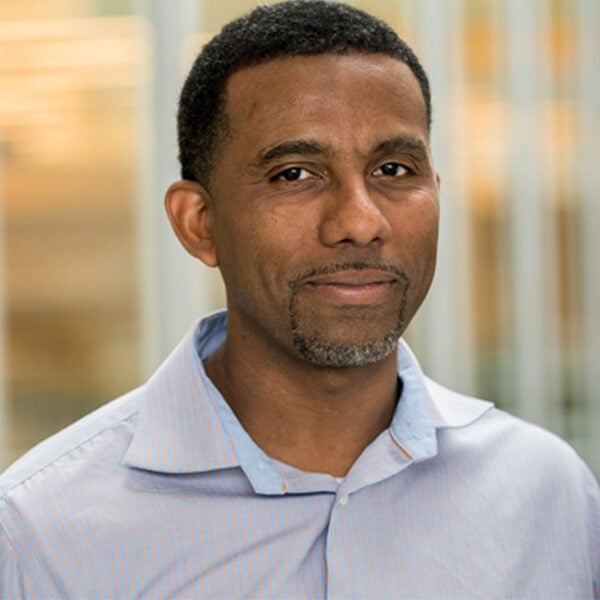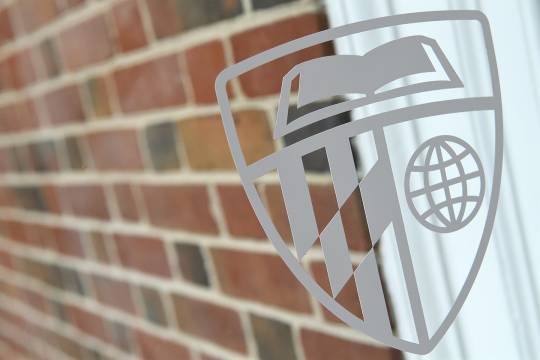Research Interests
Our lab seeks to address the challenges associated with engineering functional craniofacial and orthopaedic constructs for use in therapeutic applications. We are developing innovative methods using stem cells to create patient-specific grafts with the necessary biological and mechanical characteristics to facilitate functional in vivo integration.
We employ engineering techniques to design advanced bioreactors capable of maintaining cell viability in large tissue constructs.Bioreactors also enable precise control of the cellular microenvironment and can uniquely address fundamental questions regarding the application of biophysical cues to regulate stem cell differentiation, namely: How do the cells integrate multiple signals into decisions regarding cell fate? Can we regulate the spatial and temporal application of specific cues so that cells in different regions of the tissue constructs differentiate along diverse lineages simultaneously or sequentially? What signals are required to guide the hierarchical organization of these multiple cell types on various length scales?
Addressing the underlying mechanisms that regulate tissue development will enable us to engineer complex functional tissue constructs for regenerative medicine applications as well as to create relevant in vitro disease models.
Titles
- Morton F. Goldberg Professor, Biomedical Engineering
- Vice Chair for Faculty Affairs, Department of Biomedical Engineering
- Director, Translational Tissue Engineering Center
Affiliated Centers & Institutes
Education
- Postdoc, Biomedical Engineering, Columbia University, 2005-2009
- PhD, Biomedical Engineering, Florida State University, 2005
- BS, Chemical and Proc. Engineering, The University of the West Indies, Trinidad, 1998
Recent Highlights
-
January 21, 2022Through advances in biomaterials, stem cell science, and more, researchers are moving tantalizingly close to regenerating damaged body parts, creating new organs, and equipping our existing tissues to fight off debilitating diseases.
-
November 18, 2021Johns Hopkins Medicine scientists have used glowing chemicals and other techniques to create a 3D map of the blood vessels and self-renewing “stem” cells that line and penetrate a mouse skull.
-
March 25, 2019Warren Grayson, associate professor of biomedical engineering at Johns Hopkins University, has been inducted into the American Institute for Medical and Biological Engineering (AIMBE) College of Fellows.


